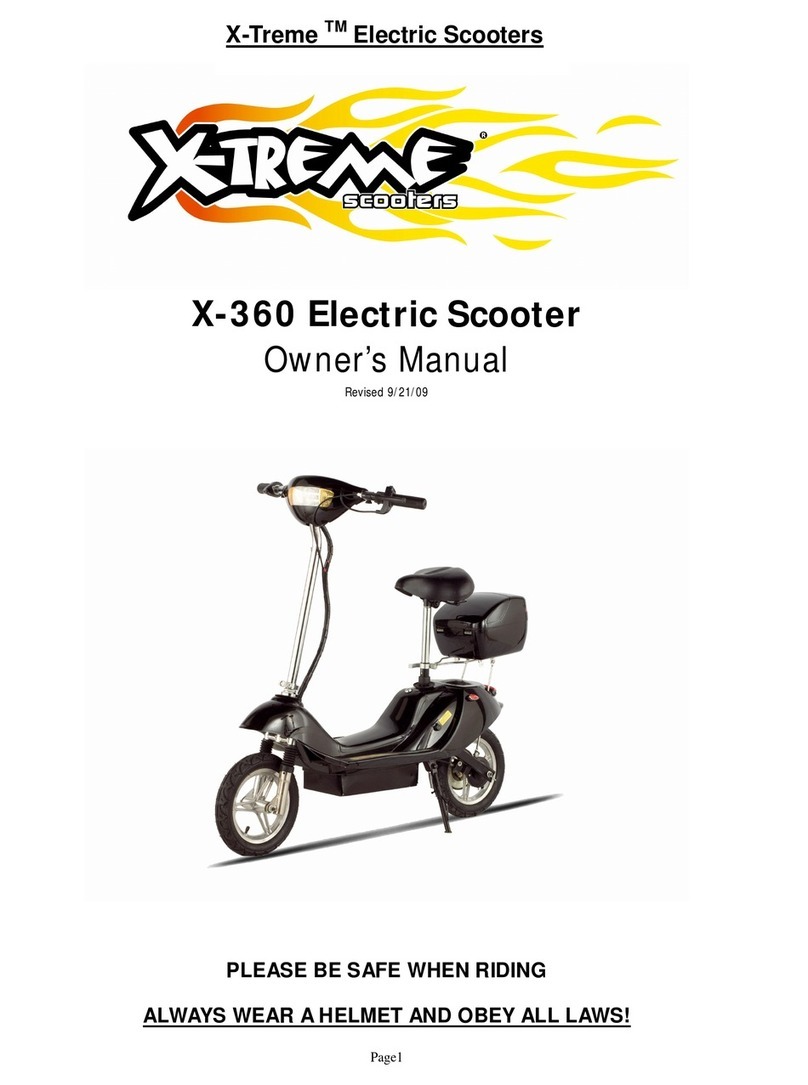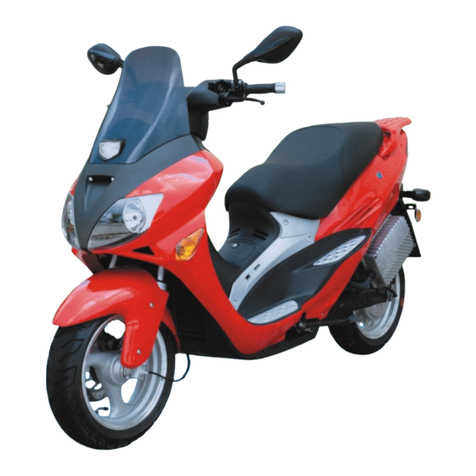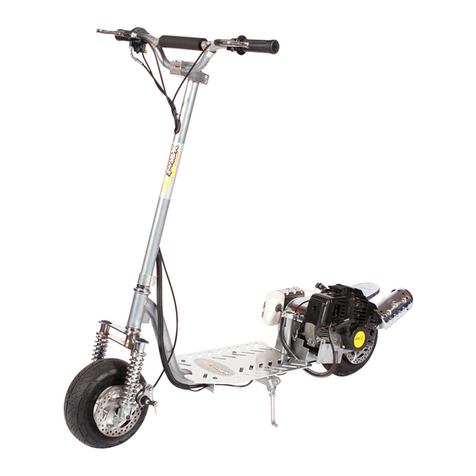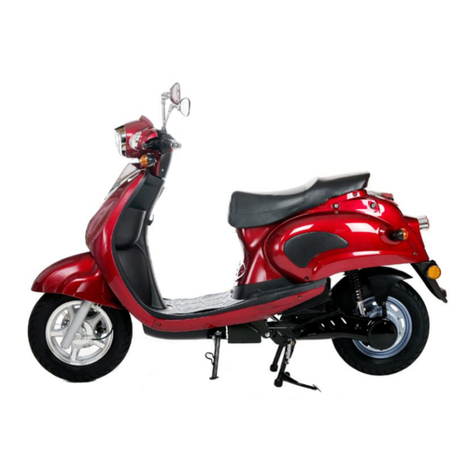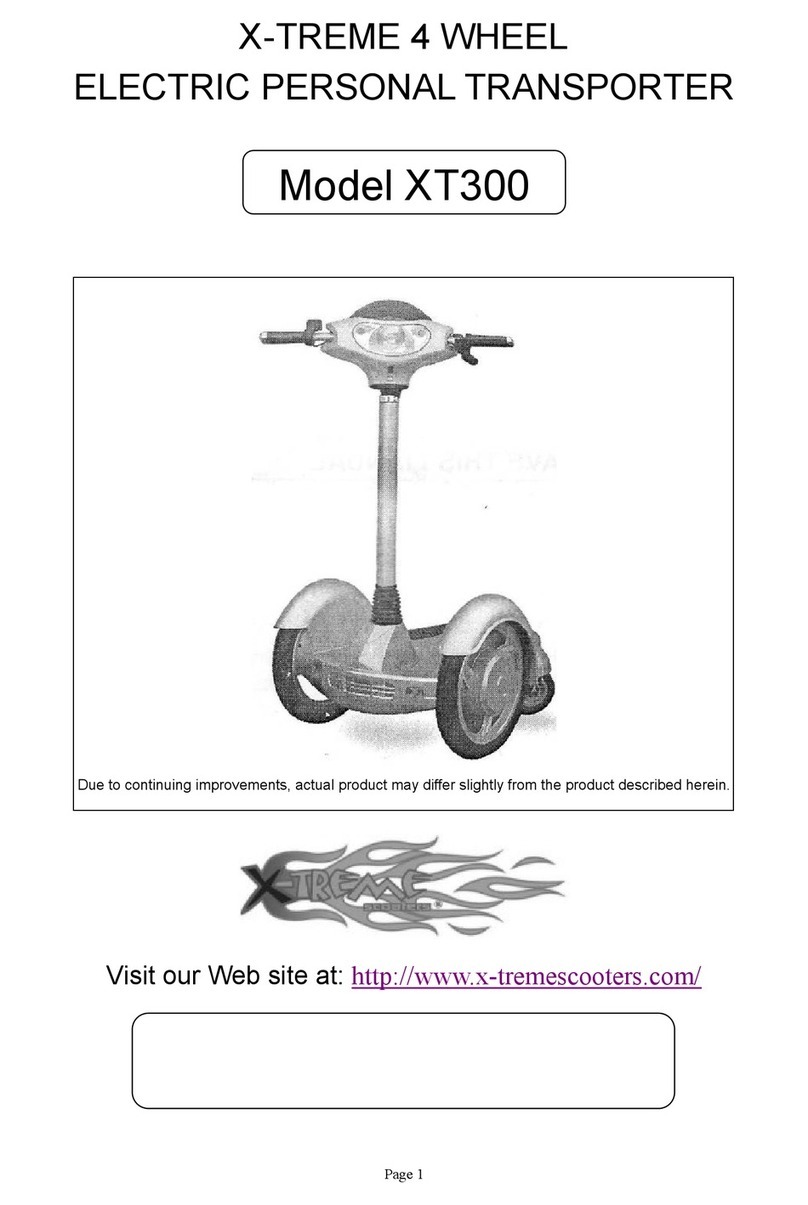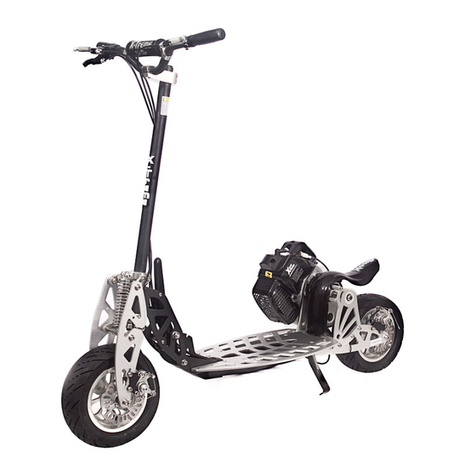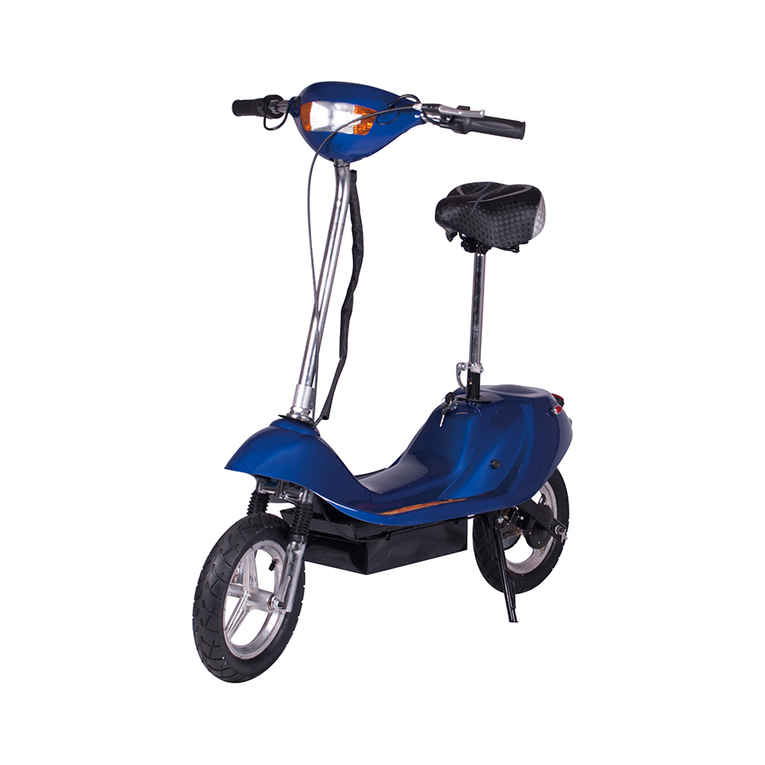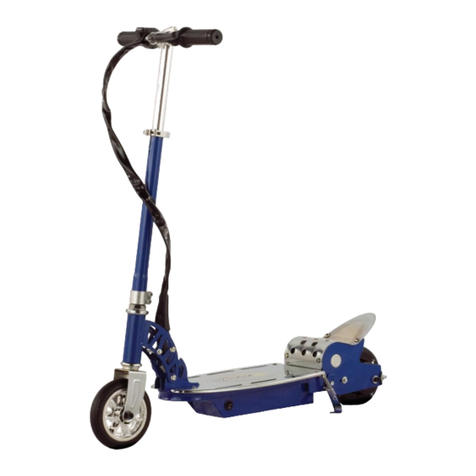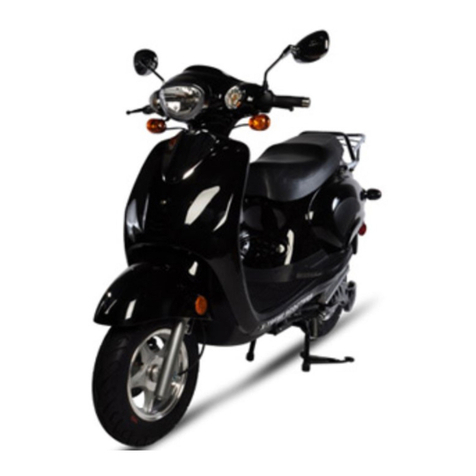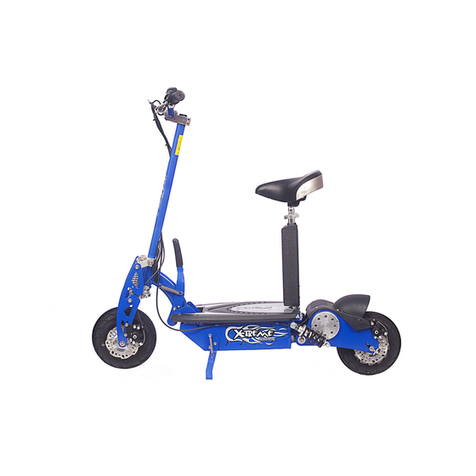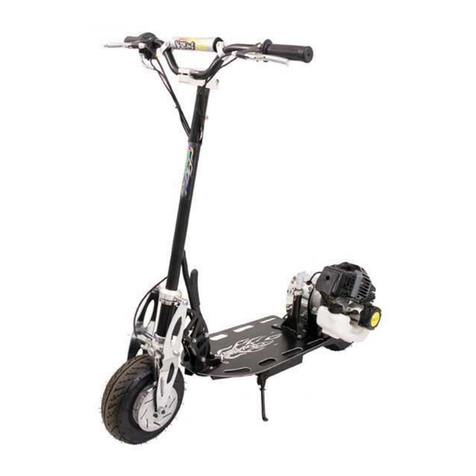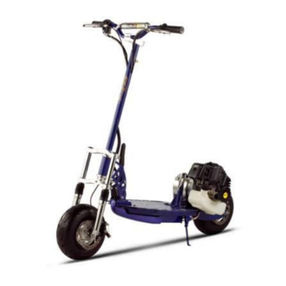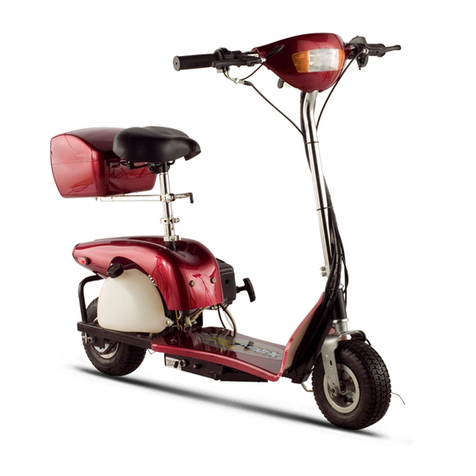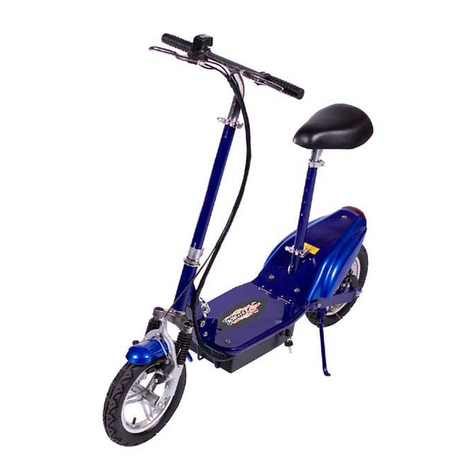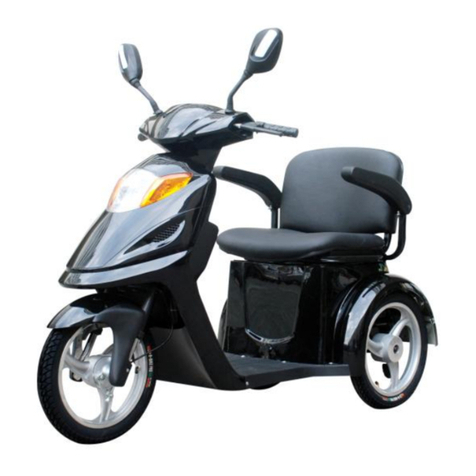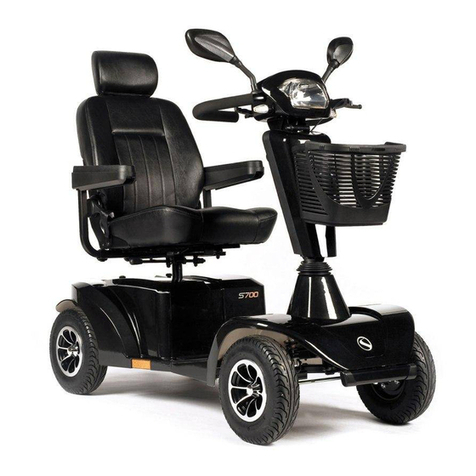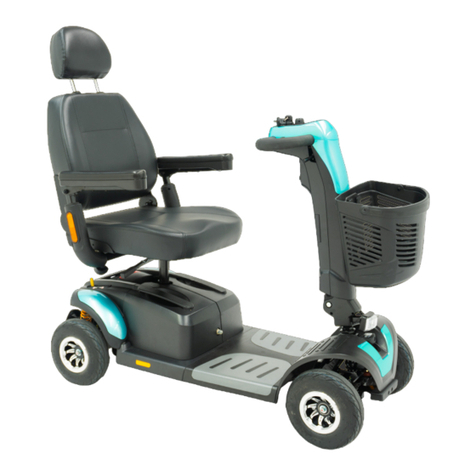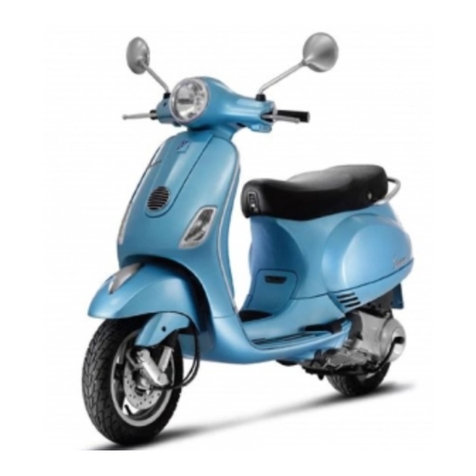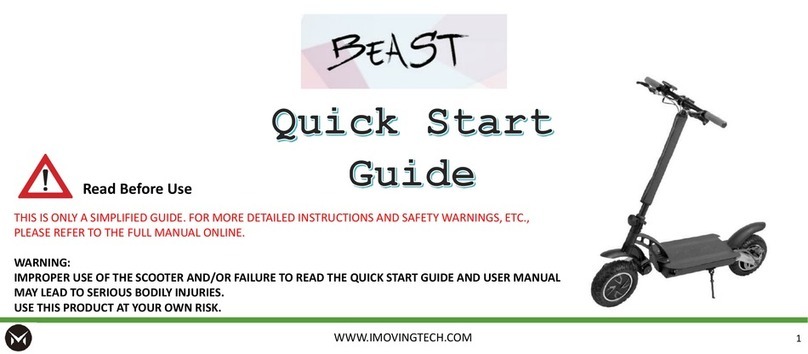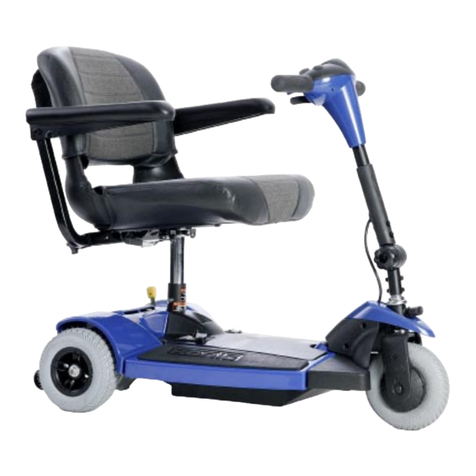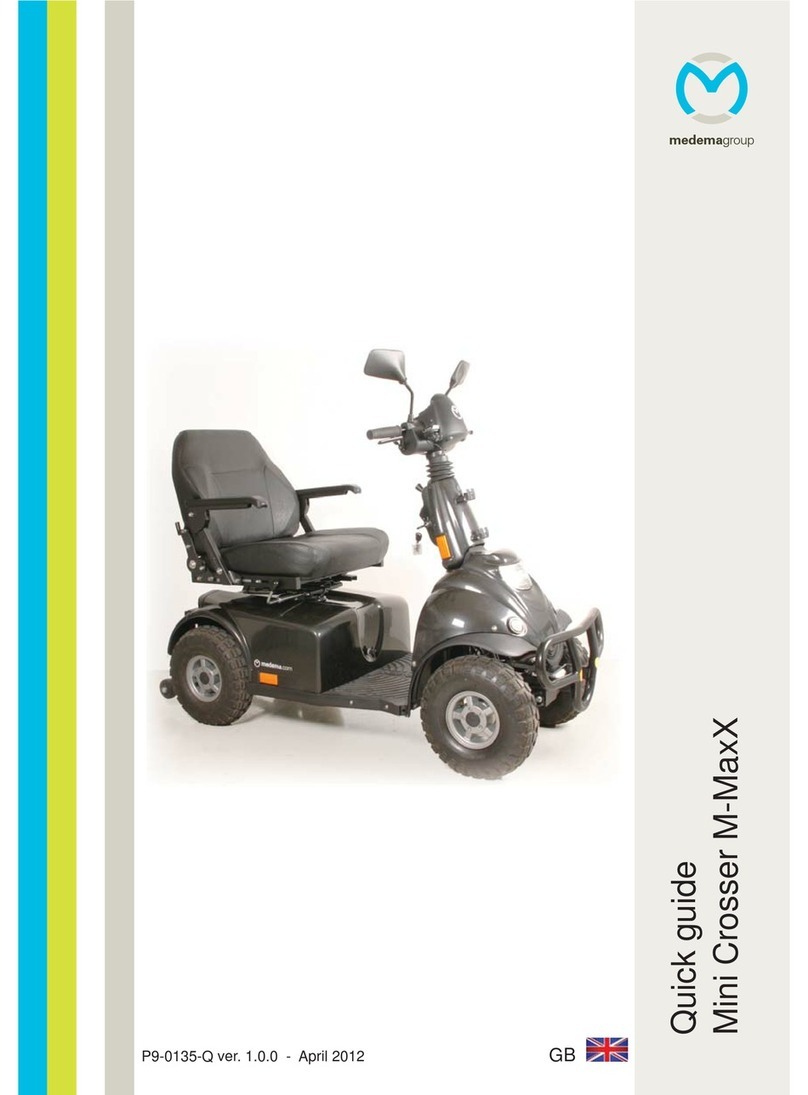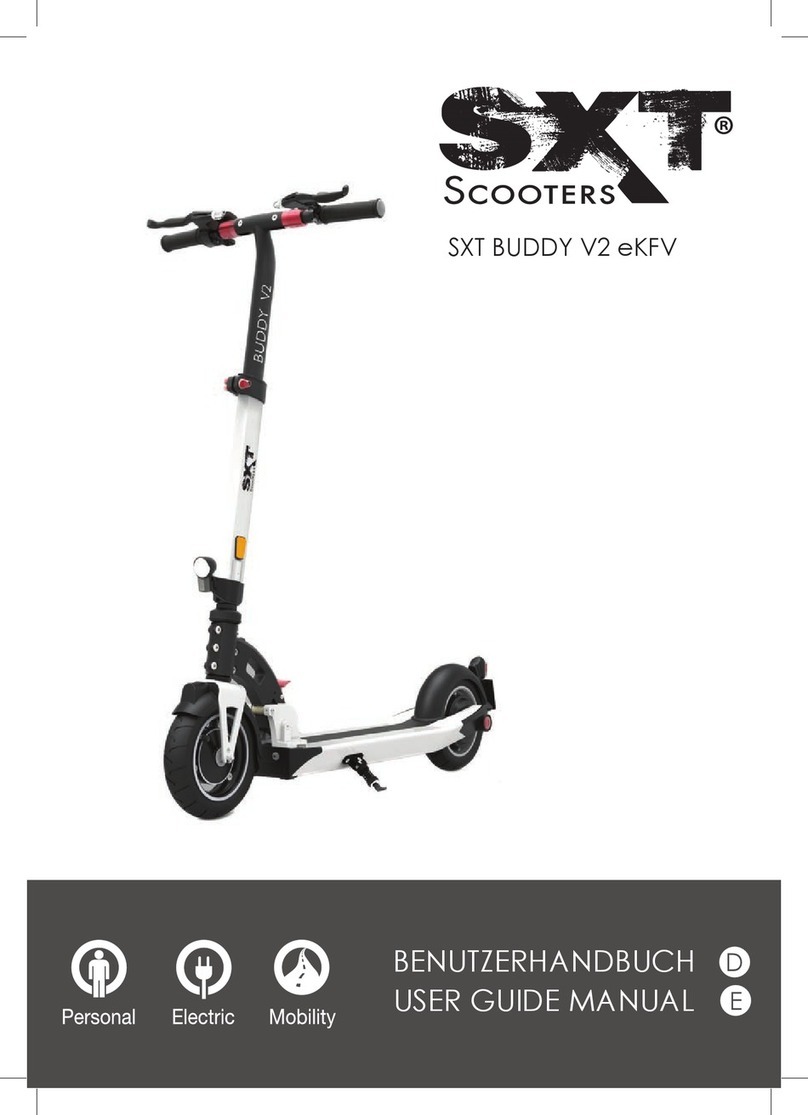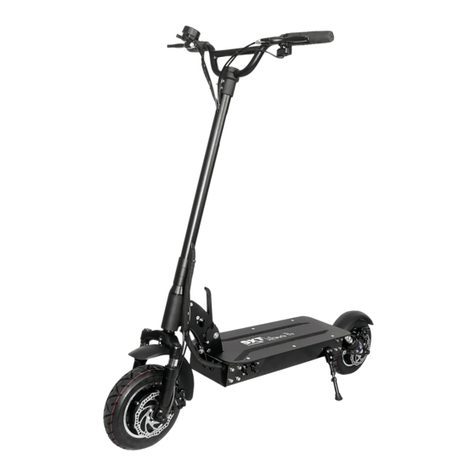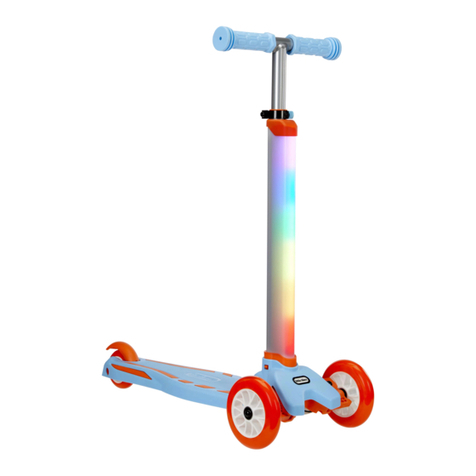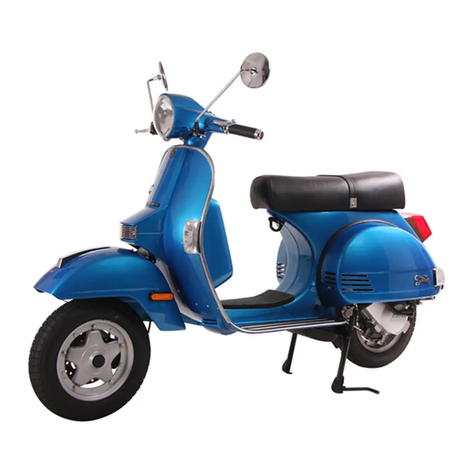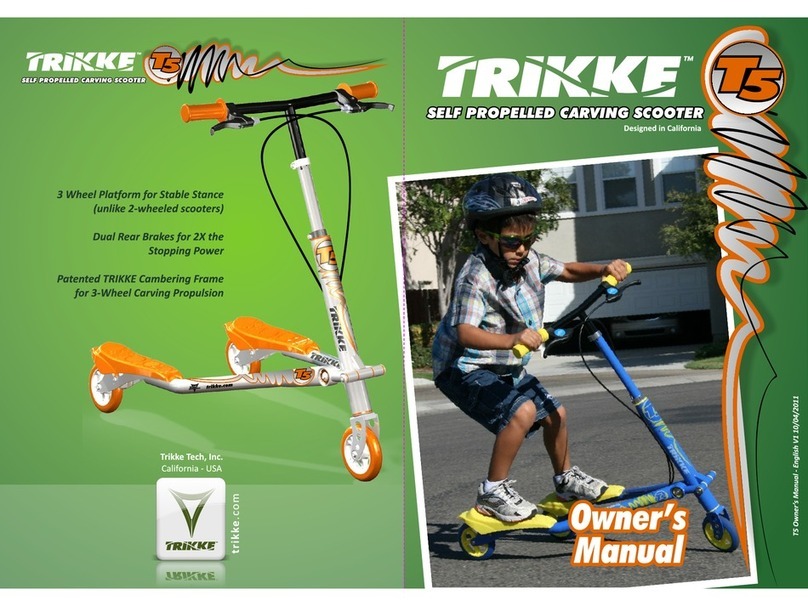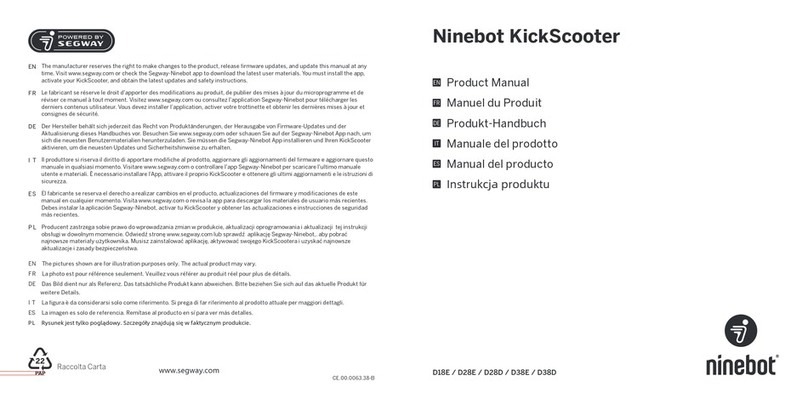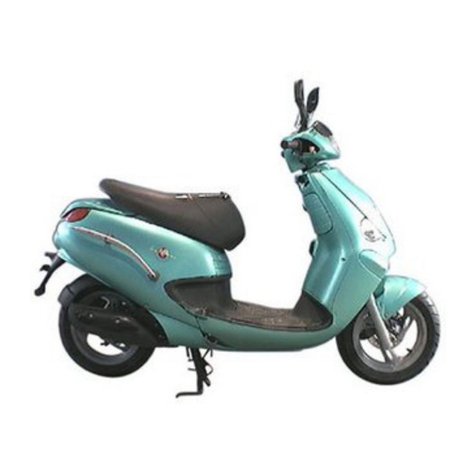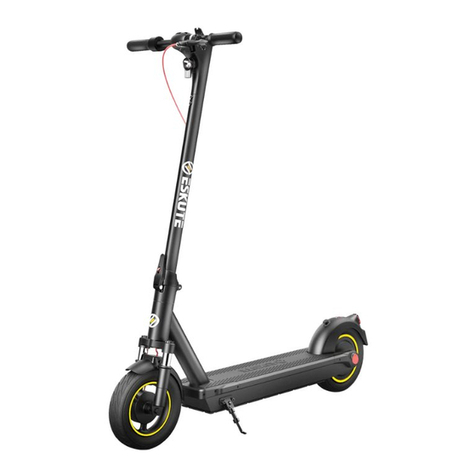
12
S
TORAGE
When storing your batteries for a long period of time (longer than two months):
• Charge your batteries every 90 days to avoid capacity loss. Batteries slowly self-discharge when left unused for a long period of time; if the
battery cells are allowed to reach a critically low voltage, their lifespan and capacity will be permanently reduced.
• Always disconnect your charger from the wall outlet and battery before storing the battery.
• Avoid storing your batteries in extreme temperatures, whether hot or cold.
• Batteries are best kept in a cool, dry place. Do not allow batteries to accumulate condensation, as this could cause
shorting or corrosion.
• The recommended storage temperature is between 32-77 °F (0-25°C).
• Avoid exposing the battery to extreme heat (104°F or higher) for long periods of time.
F
A
Q
Q: Do I need to “break-in” my batteries?
A: Yes, it is recommended that you perform a “break-in” cycle consisting of ~ three discharge/charge cycles to allow your batteries to reach optimum
performance. This involves three complete discharges and three complete recharges. After this initial “break-in” cycle the batteries will have maximum
possible performance and less line voltage fluctuations under load.
Q: Is it normal that the batteries get warm when recharging?
A: Yes, it is normal that the batteries will become warm to the touch during the recharging process. This is because the increase of internal resistance and less
energy conversion efficiency from electric energy to chemical energy.
Q: How long will my batteries last before needing replacement?
A: Average battery life depends on use and conditions. Even with proper care, rechargeable batteries do not last forever. Li-Po4 batteries will last
between 500-700 cycles. A partial charge/discharge counts fractionally against those numbers; running the battery down halfway then recharging it
completely uses up one half of a charge cycle.
“End of useful life” refers to the point at which a battery can no longer supply 80% of its original rated capacity in ampere- hours. After this point, the aging
process will accelerate and the battery will need to be replaced
C
HARGER
The electric bicycle comes with its own "Smart Charger” that connects with an easy-access charger port for recharging the batteries. This charger unit has lights
that show the battery charge status. Refer to the instructions that appear on the charger unit and its instructions.
Batteries work best when they have a full charge, so always be sure to recharge them fully after each ride. If you leave them in a run-down condition, without
recharging them, it will shorten their life expectancy.
• Li-Po4 Lithium batteries - charge for 4-6 hours for full charge
The charger may get warm to the touch, so make sure you charge them in an open area and do not lay anything on the charger unit while charging.
Although you cannot over-charge the batteries, we recommend that you do not leave the charger plugged in for more than 24 hours.



















